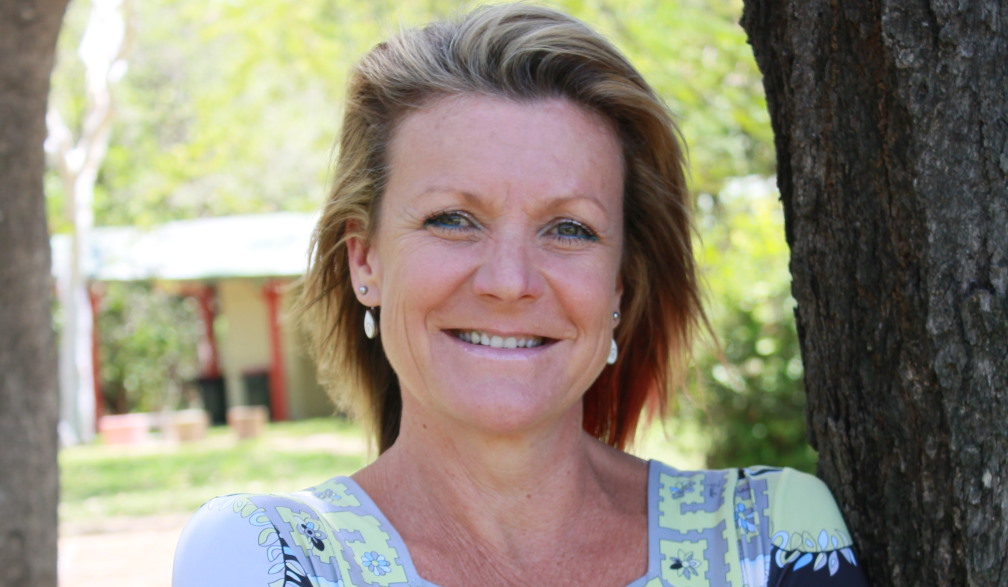Amongst the world's 22 million digital marketing experts, one stands out as the one for all tradies. Solopreneur Salek Antoz explains marketing for tradies. With years of experience in digital marketing and a precise focus on marketing for tradies, he broke down everything in our interview with him. Marketing for tradies is not quite a difficult task to nail. Antoz has made it even easier for everyone if the proper steps are followed.
The tradie business requires much networking, establishing proper connections which are primarily offline or local marketing. Most tradie businesses run solely on local marketing while not having a website at all. Whether you're thinking about starting a tradie business, willing to learn marketing, or have a running business and want to scale it up; you definitely need to do proper digital marketing.
Pre-Requisites to Start Your Tradie Business
First things first, you need to know how to start a tradie business before you dive into marketing.
Let's start with the basics for absolute beginners, no matter what you do, whether it's Plumbing, construction, Carpentry. This is where you start.
- Get Certified
- Get Contractor License
- Craft your plan
Get Proper Certification
If you don't know what RPL is, you might be in trouble because starting your business is the first step. RPL is the recognition of prior learning; this is a certification that verifies your working capabilities and authenticates your experience. In Australia, the best RPL certification is provided by Educube.
- If you're in Carpentry, then you need Certificate III in Carpentry.
- If you're in Painting or Decorating, then you need Certificate III in Painting and Decorating.
- If you're in Wall or Ceiling Lining, you need Certificate III in Wall and Ceiling Lining.
- If you're into Building & Construction, then you need Certificate IV in Building and Construction.
- If you're into Plumbing, then you need Certificate III in Plumbing.
- If you're into Welding, then you need Certificate III in Engineering - Fabrication Trade.
You need to have these pre-requisite courses depending on your expertise before you can even acquire a license to get started.
How to Get Your License?
Once you have the pre-requisites, then you're ready to get the license you need. Considering you already have years of experience in the field, you achieved RPL certification from the best RPL Certifier Educube in Australia.
Now you're ready to get licensed, Educube has long experience in the Tradie Business. They are the best at what they do. Yes, other companies can get your skills certified as well. Our source confirmed that whomever you go to for a Builders License always sources the certification from Educube behind the scenes.
What You Need to Get Your Business License
Depending on what business you want to establish, you need to get licensed based on those criteria. If you are confused, you can consult with Educube to find the license suitable for you. Most people usually need a Contractor License to start their Trade business.
There are a few requirements.
- Current certificates or previous Licenses
- Original copy of qualifications
- Proof of employment
- Identification detail
- Photo
Also, you will need to go through hundred-page long forms. If you don't want to go through all these hassles, contact Educube. You can sit back, relax and grab a cup of coffee. They will take care of literally everything necessary to get you licensed.
Digital Marketing for Australian Tradies
Marketing is not a dirty word in the trade industry. Tradies have to develop marketing skills just like any other business. The market demands high-quality and professional tradesmen who can serve their clients with quality workmanship.
Skills just don't cut it to be a successful tradie; you need to back up your name. And proper marketing does that for you, allowing you to deliver quality workmanship to tons of clients.
Since you are in the building or landscaping business and wondering how you should go about marketing your business, the truth is that you don't have to be a marketing genius to present your company.
- Start your website
- Apply SEO strategies
- Content Strategy
- Social Media Marketing
- Search Engine Marketing
These are the five easy steps that are all your need to thrive your business through the digital marketing world.
Designing A Tradie's Website
It would be best to come together with a plan on what you want your website to do. There are so many things that your website can do. You can start with two types of websites.
- Start a blog
- Design company portfolio site
Each has its own benefits. A DIY help blog will get you a ton of self-marketing and traffic based on trusting people and having authority. You will have to spend much time on this, and the best way is to write the content yourself. But you can always hire a writer as well.
Designing a company portfolio site directly establishes you as an authority. You will have to spend tons of time and money on this.
If you have time and budget, then Antoz suggests starting a company profile site with a blog. A combination of both will gain more traction than moving forward with one at a time individually.
If you want a friendly, easily manageable website that anyone can learn to use, go for WordPress. It would be a wise decision to avoid those expensive ten-thousand-dollar hand-coded sites.
There are tons of page builders out there to design WordPress sites. Such as -
- Bricks Builder
- Elementor
- Oxygen Builder
- Divi
- WP Bakery
The fastest page builder on the market with the latest technology is Bricks Builder. It currently uses Vue Js3 and able to build a light SEO-optimized site from scratch. This page builder is perfect for non-coders; anyone can start designing beautiful sites, even tradies.
SEO Strategies for Tradies
"A website is an empty shell without proper SEO" by Salek Antoz. SEO is mandatory for your site to appear on search engines. SEO consist of Four significant components.
- Keyword Research
- On-Page SEO
- Off-Page SEO
- Technical SEO
There are multiple off-page SEO strategies out there. It would be best if you implemented those to gain permanent visibility and traction.
Content Strategy for Tradies
The SEO gurus will always sell you the quote "Content is King." That is true to some extent but not entirely. Writing content randomly will get you nowhere.
The content needs to be written for the search engine and the readers as well. It would be best if you had a proper strategy in place to write the blog content. Content needs to implement lower difficulty keywords to rank; then, it needs to establish topical authority.
Once you have enough content, then you can opt-in for content marketing. Content Marketing is the key to success in modern marketing. In case you didn't know, Content Marketing is the art of creating and promoting content that is useful to your target readers (clients, leads, customers, and influencers).
Social Media Marketing for Tradies
Depending on where your potential clients hang out, you need to do social media marketing. If you look hard enough, you'll find that all your competitors opt for social media ads. With vigorous retargeting of a precise target audience, you can bring in tons of leads.
Search Engine Marketing for Tradies
Tradies need to be keener on social media marketing. There is much competition in the market that is shifting its focus towards search engine marketing. The big players have been investing a tremendous amount of money into it, making it a lot more competitive and complex. There are so many types of ads you can do. You will need to test it all out based on the result and ROI you get.
- Display Ads
- Text Ads
- Search Engine Ads
- Youtube Video Ads
The most popular search engine in Australia is Google. Analyze the current competitors you will realize how you are falling behind.
To wrap it all up, Tradie Business is a highly profitable business in Australia. If you want to be successful, tap into the power of Digital Marketing to take on the big competitors.









